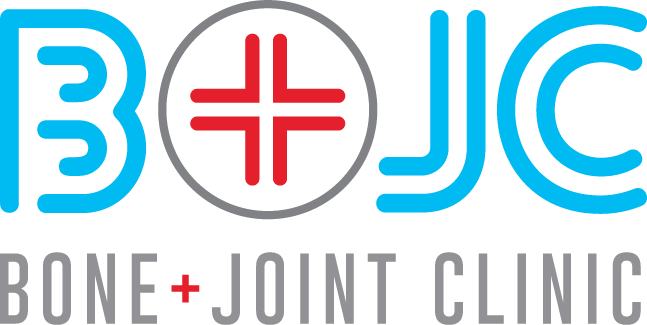Post Operative Pain Control
The following is a guide to your post-operative pain control. If you have any allergies to the medications listed below, please let me know and we will discuss alternative pain management options. I recommend a combination of medications to control post-operative pain. The medications I commonly use are:
PARACETAMOL
This is available from the supermarket and while not a strong pain killer on its own is useful when added to the regime outlined below. It is generally a very safe medication but should be used with caution in those with known liver disease.
ANTI-INFLAMMATORIES
The medications I commonly use are:
Ibuprofen: This is taken as 400mg dose, three times a day with food. Ibuprofen is available from the supermarket. It should be used with caution in those who have had previous stomach or oesophageal ulcers, renal disease or asthma. Please let me know if you have had these conditions.
2. Meloxicam: A script is required for this medication. It is taken as either a 7.5mg tablet twice a day or a 15mg tablet once a day. It is more gentle on the stomach than ibuprofen so I use it for patients with peptic or gastric ulcer disease, or those who I ask to take aspirin (joint replacement, lower limb trauma etc.). It should not be used for long durations in those with a strong family history of heart disease- please advise me.
OPIOIDS
A script is required for these medications. Included in this class are Endone, Oxycodone and Targin. These medications have addictive properties but are commonly required to manage post-operative pain. It is important that you monitor your dose post-operatively and that your dose decreases with time.
STANDARD POST-OPERATIVE PAIN CONTROL GUIDE
My standard post-operative pain control is as follows: Paracetamol 1000mg every 6 hours (or Panadol Osteo three times a day). Ibuprofen 30 min after breakfast, lunch and dinner OR Meloxicam (as above). Opioids on top of the above only if required.
